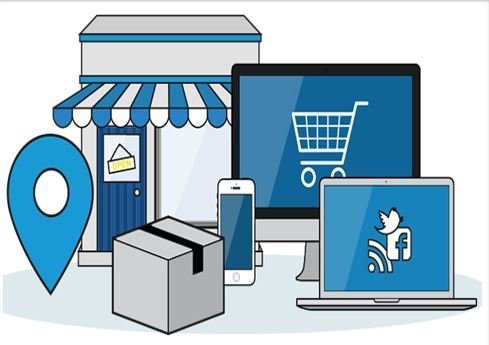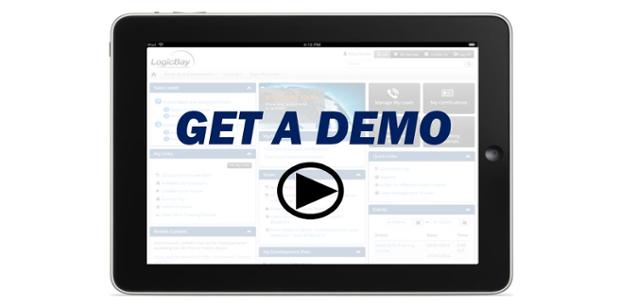For modern businesses, one of the hardest things to get a handle on is just how much and how quickly buyer behavior has changed in just the past ten years or so - and it's only going to be changing more rapidly in the future.
Vendor ecosystems which are still relying on the "tried and true" methods of decades past are actually now putting themselves at a severe disadvantage.
The online world is drastically reshaping the landscape of sales, and organizations must start addressing those changes, if they haven't already. Since we spend our days with customers who are focused on indirect channel sales, we understand the importance of updated processes and strategies, to meet the needs of modern online-enabled buyers in both B2B and B2C spheres.
How Things Used To Be
For decades, or really back to the beginning of the indirect sales model itself, channel sales used to be a relatively simple model: Potential buyers went to a salesperson, and relied on them for most (if not all) of their information. "Shopping around" simply meant repeating this process with multiple salespeople. And the more complicated the product, the more likely they were to rely on sales staff as their primary source of information.
Today however, the number of people who still rely on this behavioral model are retiring rapidly, and being replaced by a younger generation who have grown up in the online world. Millennial's are already the largest living generation, and their numbers are continuing to grow in both consumer and business buying spheres.
New Buyer Behaviors In The Online World
Shifts in buyer behaviors in the last decade or so really stem from one crucial and massive shift in information flow: Virtually all human knowledge is now accessible online, with a simple Google search. Anyone who's grown up with the Internet, or merely learned to use it in the past years, knows that they can find most information they need for themselves, without outside help.
Read More: A CSO's 2016 Guide to Increasing Channel Partner SalesThis one change to the information landscape has then created an avalanche effect of changing behaviors based on it.
1 - Self-Reliance
As far back as 2012, 89% of buyers were using online searches to gather information before making a purchase. Today, that number can be safely assumed as approaching 100% with no reason to think otherwise.
2 - Low BS Tolerance
Simply put, if something doesn't "smell right" about a brand's pitch or claims about their product, buyers will research it, and they will find out if they've been lied to. Exceptions are few and far between, with the risks of lying far outweighing any potential benefits. Buyers demand honesty.
3 - Word-of-Mouth Redefined
With the rise of social media, along with blogs and such, buyers now have an entire world of product reviews and recommendations to peruse. Some studies are suggesting social media is now the biggest single influencer on purchasing decisions.
4 - Smart Content, not More Content
Buyers' inboxes are flooded with marketing materials. They want the information that's most vital to them, in compressed form, with a minimum of fluff.
5 - Shorter buying cycles.
As the rate of information flow has increased, and the rate of change in business along with it, channel sales buying cycles have shortened considerably. Buyers don't want to spend months researching products and setting up deals - the entire landscape could change in that time!
6 - Salespeople: The LAST Stop
Increasingly, rather than being among the first sources a buyer goes to, the sales department will be among the last. They often won't contact a company's sales staff directly until they're most of the way to a sale already.
Updating Your Channel Sales Processes
So how can indirect channel sales ecosystems keep up with these changes? It requires a major overall of established systems.
Key Points
- Full embrace of content marketing and social media marketing. Your materials need to be where buyers can find them.
- More strategies encouraging buyer evangelism, promoting products they find valuable to friends\coworkers\etc.
- The vendor taking an active role in lead generation, and smoothly funneling those leads to distributors.
- Data-based customer tracking to identify prime leads and keep on them for faster sales.
- Better local research on the vendor's part, to understand real-world buyer needs and product usage.
- Rapid communication, on-boarding, and training for channel partners, getting them up to speed more quickly.
- Greater personalization of marketing materials to address individual buyer needs.
Partner Relationship Management software from LogicBay makes this possible. A single-stop dashboard, communications hub, and information repository allows your channel sales ecosystem to be flexible enough to meet these new challenges.

